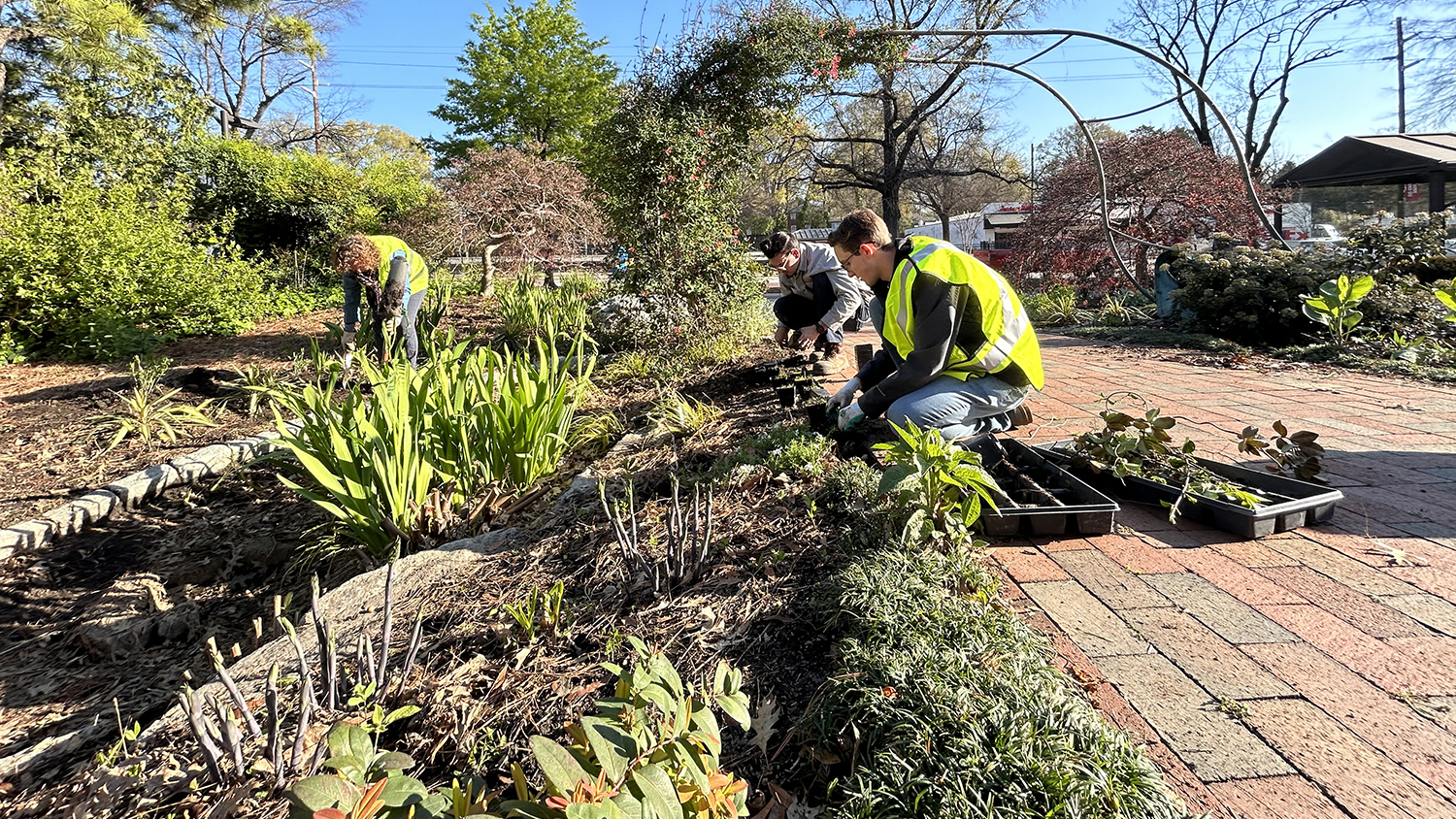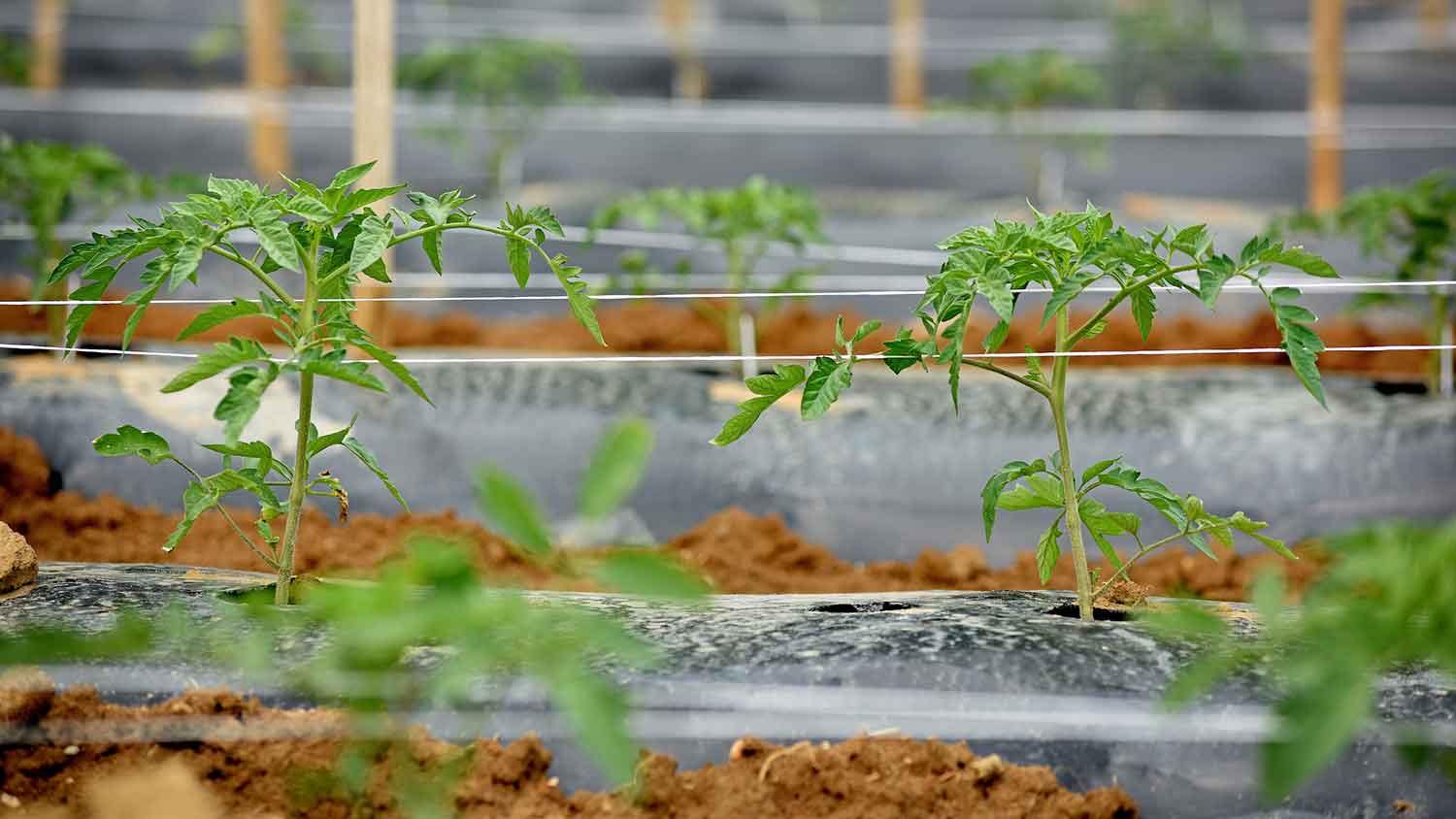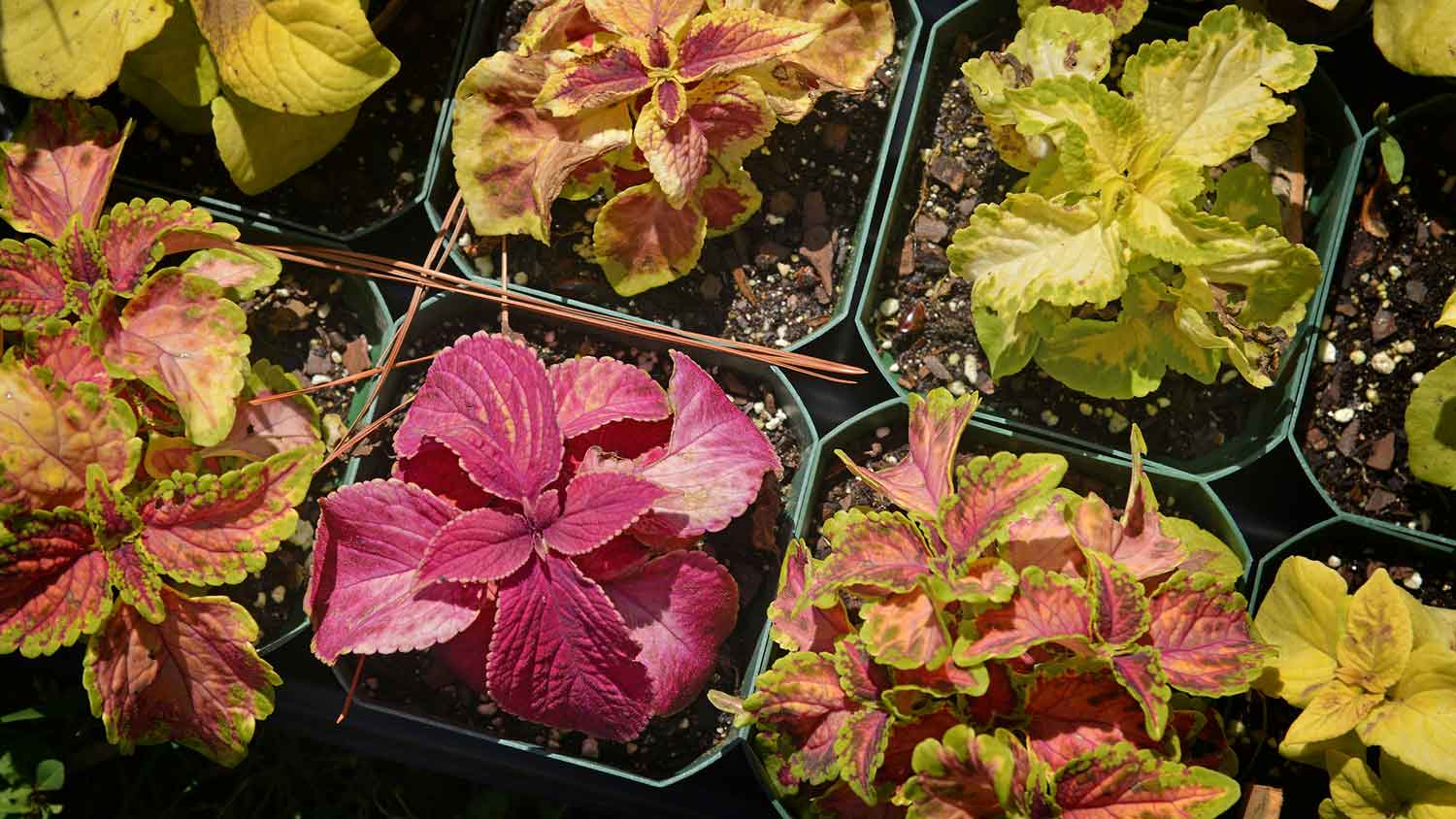The Art of Blue Ribbon Produce: Putting Your Best Plate Forward
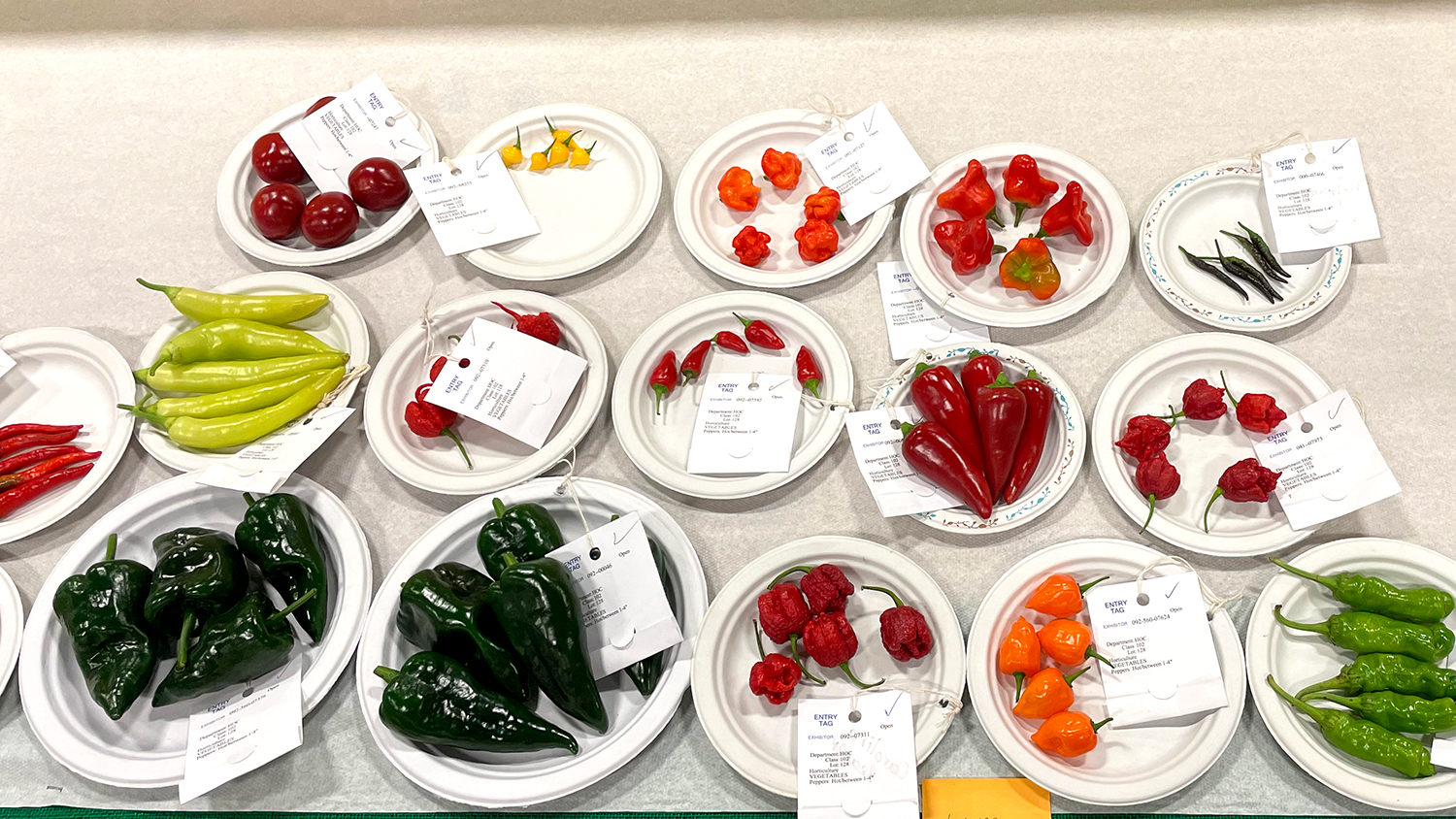
The North Carolina State Fair is full of rides, games and interesting new foods. But another can’t-miss highlight is scoping out the horticulture competition entries and winners at the Exposition Center, ranging from best bell pepper to weirdest vegetable. Contestants from across the state put a lot of work and prep into having the perfect hot pepper, sweet potato or bushel of apples. So what makes an entry blue ribbon-worthy?
Regardless of the type of produce a person grows, April Blazich, superintendent of horticulture for the North Carolina State Fair, says it boils down to uniformity and quality. With more than 100 different categories, the competition is intense and judging has become a difficult art.
Top-notch Quality
“What the judge is looking for, number one, is overall quality,” Blazich says. Essentially, that means making sure the color is right and the produce isn’t too ripe. The judge is also looking for any insect, disease or mechanical damage. (Read more about rules and regulations.)
Some of the jalapeño varieties, by nature, experience something called “checking,” which refers to when peppers get striations on them. Blazich says that’s both normal and acceptable to the judges.

For sweetpotatoes, the judges will usually discount small bruising that comes from digging the potatoes out of the ground. And there’s no need to wash the tubers as judges don’t mind a little soil. While this particular competition is mostly about judging a book by its cover, judges can cut into sweetpotatoes and apples to check the variety, though the judges don’t taste anything.
With each entry, a contestant must submit a required number of items. For certain pepper categories, growers have to plate and put forth their best four, five or 10 peppers, depending on size.
“The reason why there’s more than one or two on a plate is because it takes a lot of skill to be able to produce four or five perfect peppers. We’re trying to show off the quality of what the growers are producing,” Blazich says.
Consistency is Key
Growers have to make sure that, whichever category they enter, all of their products are identical. Judges will check each item on the plate is the same size. With peppers, they will also look to make sure the stems, whether a grower keeps them long or short, are also the same size.
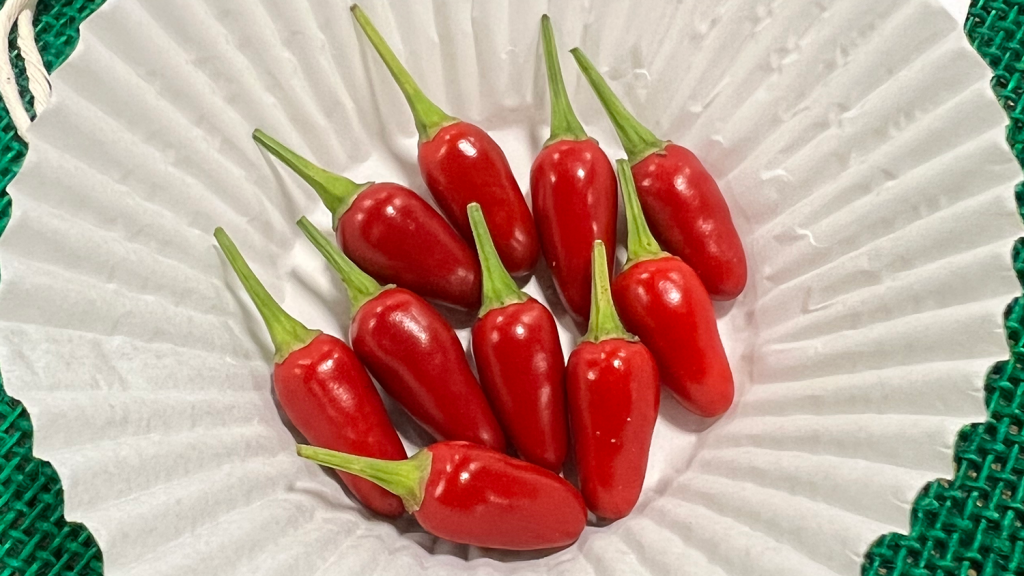
Blazich says judges look at consistency of color as well and will notice if some items look more mature or are too young.
The same goes for sweetpotatoes and apples. Judges will look to make sure the items are true to type and that they meet the criteria of that particular variety.
It’s All About Presentation
For the fair horticulture competition, it really is about putting your best plate forward. Part of the presentation is making sure the grower has entered the right category based on the competition rules. Contestants have to make sure they put the right number of items on the plate. If there are too many or too few, the entry is likely to move to the bottom of the bunch, according to Blazich.
And it’s not always about the number of items. For apples, having an entry that shines is a team effort.

Since the fair is held during peak harvest season, the North Carolina Apple Growers Association chips in to help growers with the displays. They select and wipe down the best apples to show at the fair. Whether it’s a bright green Granny Smith or a ruby red Rome Beauty, it’s all about catching the judges’ eyes.
This post was originally published in College of Agriculture and Life Sciences News.
- Categories:
